Suchang Youth Mansion (수창청춘맨숀)
2025-08-11
27 Dalseong-ro 22-gil, Jung-gu, Daegu
Once a derelict space and an eyesore, this facility was reborn as an art and cultural space. The building preserves its 50-year history with its old facade and houses an area dedicated to young artists in its interior, thus reborn as a space where the old coexist with the new. Suchang Youth Mansion, named so as a retro-style throwback to the old days when such English loanwords were not as common as today, opened its doors in December 2017. Today, it functions as a space for Daegu’s young artists. The first floor of Building A houses a cafe, while the second floor houses the art and cultural space, in which visitors can get a glimpse into Daegu’s unique identity through works of art, including those created by young artists of the region.
Jamsa Insect Plant (잠사곤충사업장)
2023-10-23
1621-27 Muun-ro, Hamchang-eup, Sangju-si, Gyeongsangbuk-do
Jamsa Insect Plant in Sangju is a tourist site where visitors can enjoy a green experience with insects, especially silkworms. Silkworm farming is a traditional industry of Korea, with connections in modern times to both the tourism and medical industries. The plant is divided into the silkworm experience hall and the insect ecology exhibition hall. The silkworm hall showcases the different types of silkworms and butterflies, while uses AR and VR technology to educate visitors on the life of insects.
Hamchang Silk Museum (함창명주박물관)
2023-10-23
1593 Muun-ro, Hamchang-eup, Sangju-si, Gyeongsangbuk-do
Hamchang Silk Museum is dedicated to increasing the awareness and appreciation of naturally made silk. The area has been famous for its silk production since the Silla dynasty, and is even now home to the nation's largest silk market. The Hamchang Silk Museum, located within Hamchang Silk Theme Park, exhibits this long history.
Korea Hanbok Promotion Institute (한국한복진흥원)
2023-10-23
1591 Muun-ro, Hamchang-eup, Sangju-si, Gyeongsangbuk-do
The Korea Hanbok Promotion Institute opened April 2021 in Sangju as the first public cultural facility dedicated to hanbok. The main hall on the first floor showcases the beautiful colors of hanbok through many displays. In the Hanbok Experience Hall, visitors can try on both traditional and modern hanbok, while the Traditional Clothing Story Hall tells of the changes in hanbok design over time. The Media Hall shows videos and films of hanbok featured in drams and movies. The Korea Hanbok Promotion Institute is a must-visit attraction for anyone who is interested in hanbok.
Daegu Art Factory (대구예술발전소)
2025-08-11
31-12 Dalseong-ro 22-gil, Jung-gu, Daegu
Daegu Art Factory is housed in an old tobacco plant, renovated into a space for art and culture. It hosts various exhibitions dedicated to Korean and international artists. Some of these include exhibitions dedicated to Daegu’s modernity, works of young artists, experimental projects, AI-based exhibitions, seminars, and art lectures. Through these exhibitions, Daegu Art Factory is cementing its status as an important platform for art exchange in Daegu. There’s also a space for families (children’s book reading room) for greater accessibility.
Seohak Art Village Library (서학예술마을도서관)
2024-04-06
12-1 Seohak-ro, Wansan-gu, Jeonju-si, Jeonbuk-do
Seohak Art Village Library opened June 2022 in Jeonju, Jeollabuk-do. The library consists of nearly 1,000 books, making it rather small. However, the library makes up for its size with pretty decorations, making visitors want to stay longer. The library is located in an old building that was previously a cafe and gallery, so the library feels more like a book cafe.
Korea Tea Cup Museum (한국다완박물관)
2023-10-20
2-1 Oncheon 5-gil, Mungyeong-si, Gyeongsangbuk-do
The Korea Tea Cup Museum opened in March of 2022 as the first museum dedicated solely to displaying dawon, traditional tea cups. The museum displays around 700 cups from the past to modern times, while maintaing over 2,500 tea cups in storage for rotational exhibitions. The museum is operated by Kim Seon-sik, an eight-generation potter. A range of experience programs is available with advance reservation.
Cheongungak Hall (청운각)
2023-10-20
35 Cheongun-ro, Mungyeong-si, Gyeongsangbuk-do
Cheongungak Hall was the living quarters for President Park Chung Hee from 1937 to 1940 while he was working as an elementary school teacher. After becoming president, he would often visit the hall when there were events in the area of Mungyeong. Cheongungak Hall was built in 1928 and is a prime example of 20th century architecture. Currently the hall serves as an exhibition space for photos of the president and items he used during his time here.
Cheongju Early Printing Museum(청주고인쇄박물관)
2023-10-26
713, Jikji-daero, Heungdeok-gu, Cheongju-si, Chungcheongbuk-do
The city of Cheongju, together with UNESCO, commemorates the inscription of "Jikji" onto the UNESCO Memory of the World Register and presents the UNESCO/Jikji Memory of the World Prize to individuals and organizations that have made significant contributions to the preservation and utilization of the UNESCO Memory of the World, thereby promoting the great cultural heritage of Cheongju, the birthplace of movable metal type, and Korea in general. “Jikji,” or Jikji Simche Yojeol: Anthology of Great Buddhist Priests' Zen Teachings, is the oldest book in the world to be printed with movable metal type.
The Exhibition Center for Modern and Contemporary Printing introduces how the history of Korean printing has developed, starting from the introduction of lead type at the end of the 19th Century to the present-day Korean printing technology and its future directions. It is a place where one can learn how the Korean printing culture came to be in modern times, and what directions it will take as the world moves forward. Printing experience classes for children, families, and adults are available. They are expected to assist the visitors in understanding modern and contemporary printing culture.
Bank of Korea Money Museum (화폐박물관)
2024-03-18
39 Namdaemun-ro, Jung-gu, Seoul
This Renaissance-style three-story stone building is the museum of the Bank of Korea. The older Bank of Korea was established as the central bank of the Korean Empire in 1909 and has been designated as a National Historical Site. During the Japanese colonial period, the bank was renamed the Bank of Joseon, and the building was used as the main and head office of the Bank of Korea until 2001. The building has been used as the nation’s Money Museum since June 2001 in celebration of the 50th anniversary of the Bank of Korea. The museum has 13 exhibition rooms on two floors, with one basement floor and two above-ground floors. It holds special exhibitions of various currency and art collections to provide domestic and foreign visitors with the opportunity to enjoy the history and culture of currency. Visitors can learn about the Bank of Korea and the central banking system, as well as how to identify counterfeit notes and how money is produced and circulated. It is also a good place for children to learn about currencies from around the world. Advance reservations are required, and parking is not available. The museum can easily be reached via subway by getting off at Hoehyeon Station (Seoul Subway Line 4) and exiting through Exit 7.
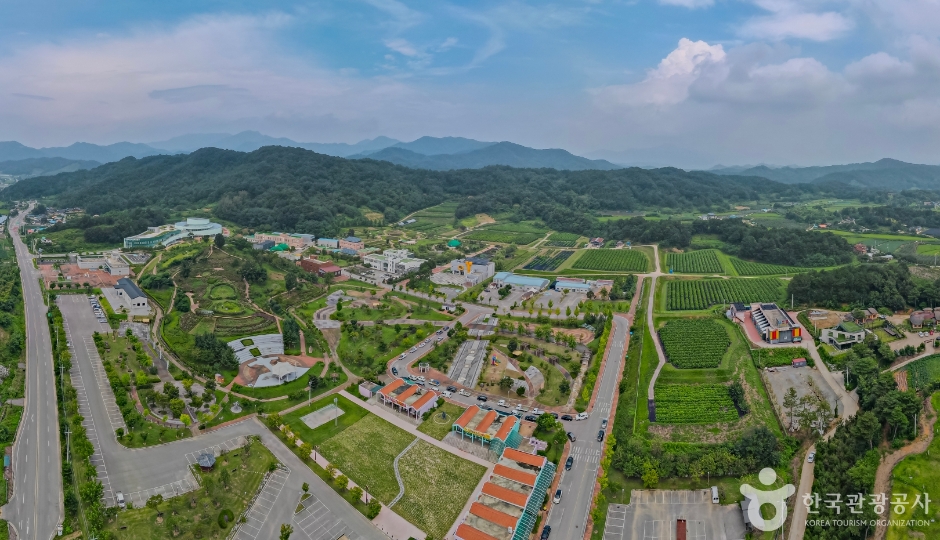
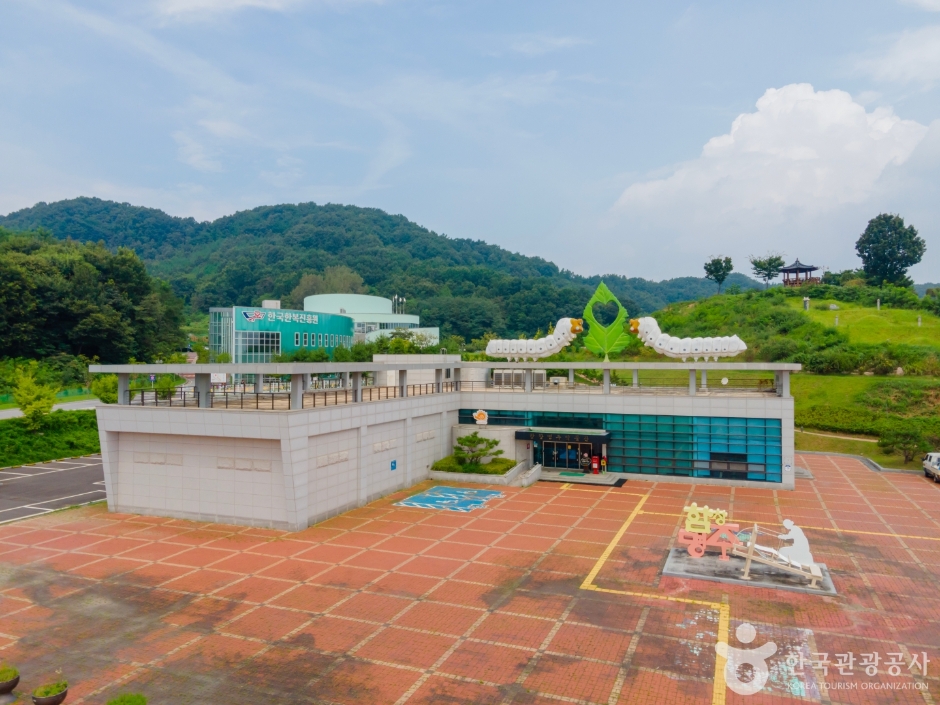
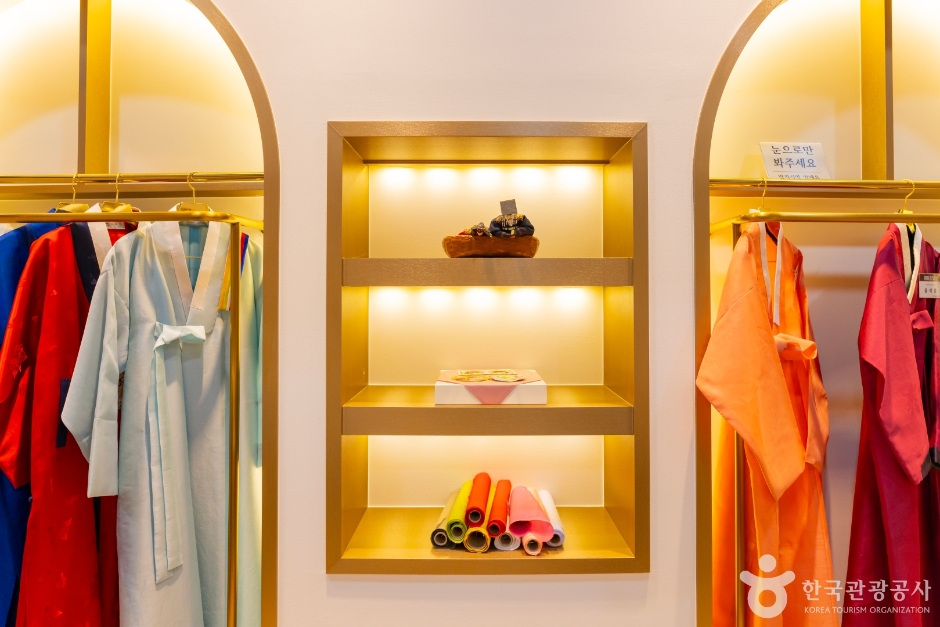
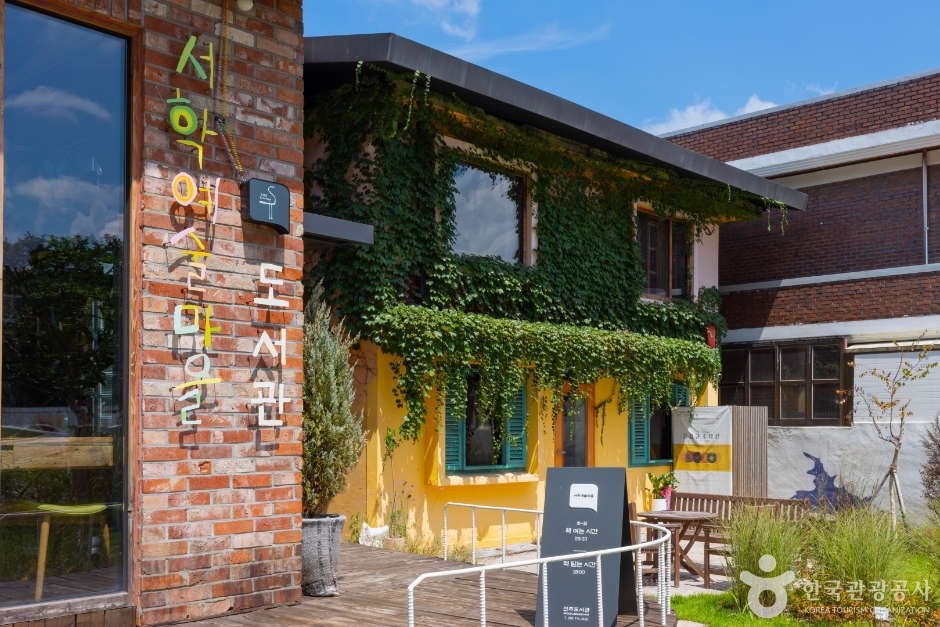
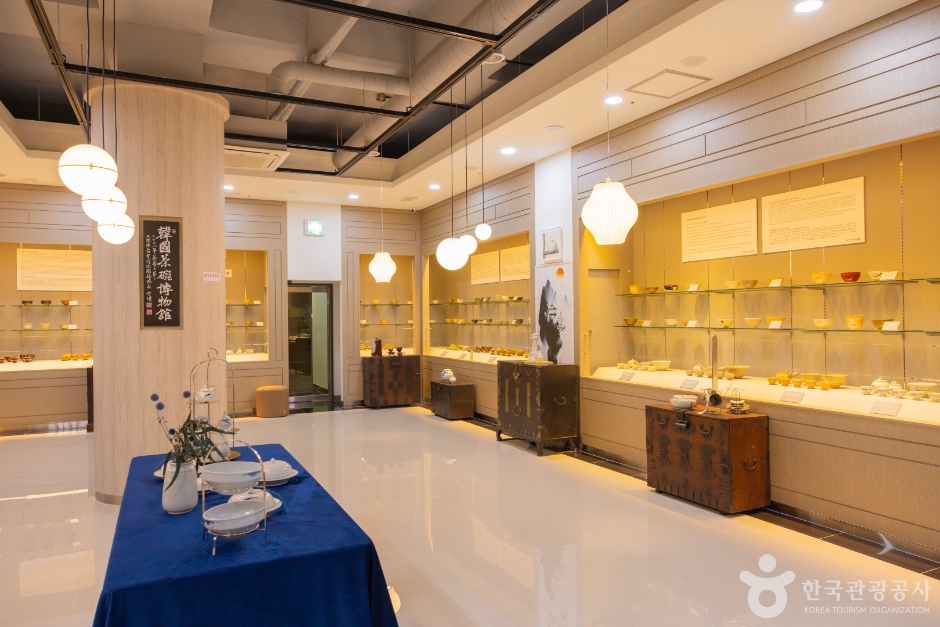
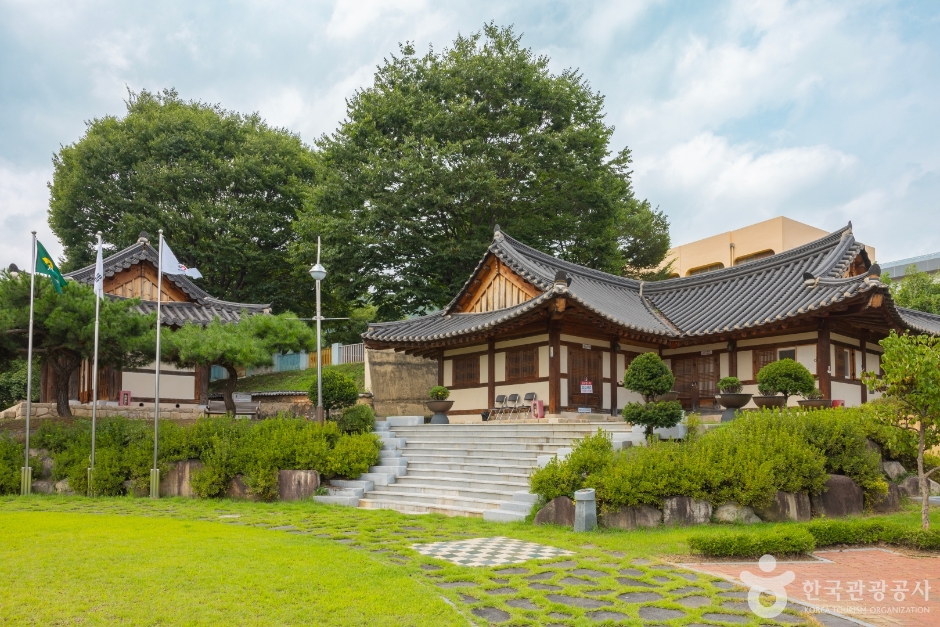

 English
English
 한국어
한국어 日本語
日本語 中文(简体)
中文(简体) Deutsch
Deutsch Français
Français Español
Español Русский
Русский